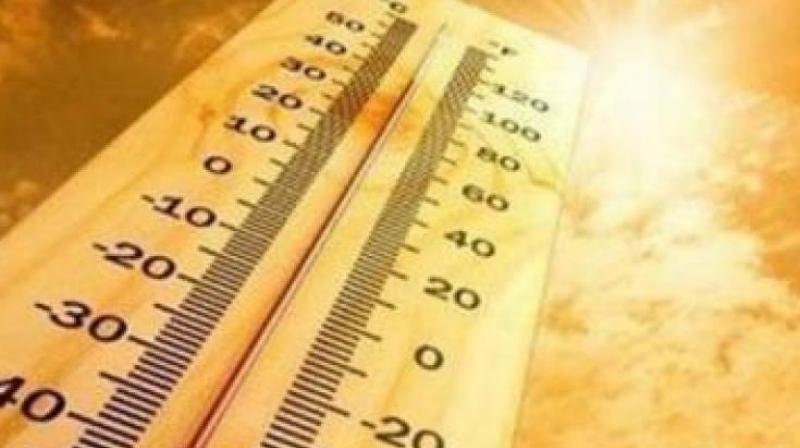Chennai: Rising temperature, falling groundwater level

Chennai: Concern over increasing temperatures and declining groundwater has made authorities start evolving action plans to tackle the emerging challenges.
The National Mission for Clean Ganga has developed a model template for the preparation of State Specific Action Plans (SSAP) with a dedicated component on water budgeting which will be useful for any future planning. SSAPs are plans made by states for the National Water Mission. Although no SSAP has thus far been finalised, plans from Tamil Nadu, West Bengal and Chhattisgarh are almost final. The final drafts will be ready by December.
States are becoming sensitised to the impacts of climate change. Though baseline studies have been conducted in only six states so far, according to sources. India had announced its National Action Plan on Climate Chang (NAPCC) in the midst of erratic monsoon in June 2008, so as to have a consolidated policy instrument to tackle climate change.
The dimensions and scope for the project changed after the National Democratic Alliance (NDA) government coming to power in 2014.
The Global Climate Risk Index of 2018, published by German Watch, a non-profit working on North-South equity and preservation of livelihoods, has listed India as the 12th most vulnerable country to climate change impacts.
Every year, it witnesses an average of 3,570 deaths attributable to climate-related events, and the cost of climate change impact it will pay is projected to run into trillions of dollars in the near future.
In Tamil Nadu, along with the rise in temperature, the total annual rainfall is decreasing in the state, both during the south west monsoon and north east monsoon periods. According to the Tamil Nadu State Action Plan for Climate Change document, there is a distinct inter-annual variability and spatial variability in rainfall across the state, with the western and southern part of the state receiving maximum rainfall.
As per the projections made, there is likely to be a decrease in rainfall in 2070s by about 1 to 9 per cent with reference to the baseline rainfall (1970-2000).
The maximum temperature is also likely to increase by about 3.10 C. However, as there is likely to be very high spatial variability, therefore catching water where it falls and either transferring it to water starved areas or catching the sparse rainfall in these areas will be a challenge.
According to Dr S. Balachandran, scientist with the Regional Meteorological Centre, Chennai, rainfall received during monsoons and their patterns have also been changing.
Addressing a three-day workshop on climate change in Coimbatore recently, he said rainfall during the southwest monsoon was declining, while the northeast monsoon was getting more active. High intensity rainfall events are also on the rise. Same thing applies for cyclones. There are fewer number of cyclones than earlier, but their intensity has gone up, he said.
Dr K. P. Palanivelu, director of Centre for Climate Change and Adaptation Research, Anna University, claimed if sea level were to rise by 0.5 metre, then around 66,000 acres area would be inundated in Tamil Nadu.
The coastal districts of Nagapattinam, Thiruvarur and Thanjavur are at high risks of inundation due to rise in sea level, he said.

